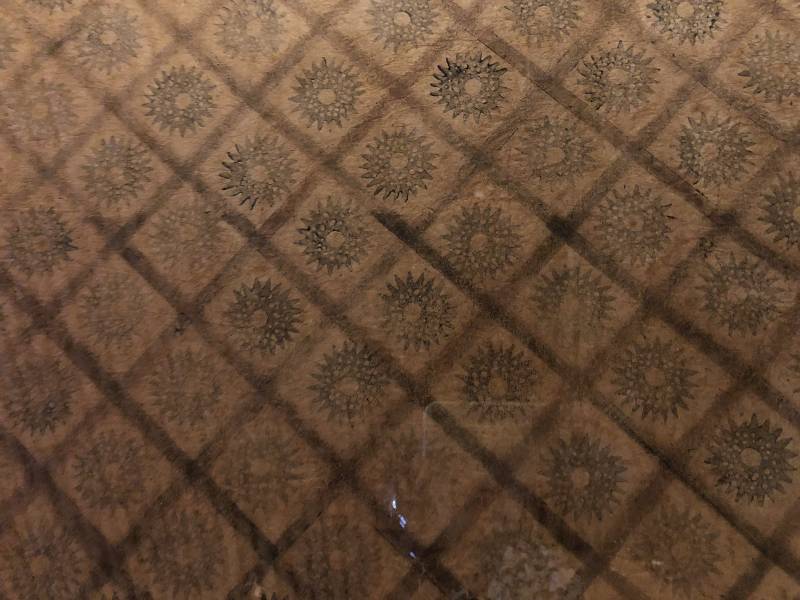The current issue of Hana Hou, the inflight magazine of Hawaiian Airlines, has an in depth article about Laurence Rockefeller as a developer who was also an environmentalist and patron of the arts. The article describes how he commissioned new works from Hawaiian traditional artists during the building of the Mauna Kea hotel more than 50 years ago.
Coincidentally, on Sunday I had the pleasure of attending an event at an Mauna Kea Beach Hotel called Heahea Mai i ke Kapa or Welcome Home Kapa, celebrating a collaboration with Bishop Museum to restore the large kapa wall hangings from that era. Before woven fabrics were introduced throughout the South Pacific, clothing and bedding was of cloth made from fibers taking from the inner bark of trees, principally wauke, or paper mulberry in English.

Collaboration with Bernice Pauahi Bishop Museum to Restore Kapa
Dr. Adrienne Kaeppler, in her 80s still Curator of Oceanic Ethnology at the Smithsonian Institution, explained that “Aunty Malia” Solomon, who was commissioned to create 14 large wall hangings out of kapa, did not actually make the kapa but rather sourced large pieces of old kapa moe or bedding that had inner layers that were undecorated. She then decorated using the traditional ʻohe kāpala or carved bamboo implements. Thus Dr. Kaeppler believes the kapa itself to be perhaps 150 years old.

Traditional design on one of the first three kapa sent from Mauna Kea to Bishop Museum for restoration
Three of the hangings have been conserved and are now again on display in the Mauna Kea Hotel. Two more kapa are on their way to Bishop Museum, and were at the event for those in attendance to view. In addition, contemporary kapa makers demonstrated the process of beating wauke fibers into cloth, as well as some of the natural dyes extracted for stamping design.

Contemporary kapa artists demonstrated the carving and stamping of patterns on kapa cloth
Kapa Event a Fitting Complement to Merrie Monarch Festival
If you watched coverage of the Merrie Monarch Hula Festival on television or live streaming, or even caught some video clips of hula kahiko on Facebook or Instagram, you will have seen costumes decorated with traditional stamped patterns. Although today hula practitioners commonly substitute Pellon for kapa because its stiffness gives a similar draping to garments, the effect is very similar.

Traditional design on one of the conserved Mauna Kea Beach Hotel kapa wall hangings
The Welcome Home Kapa event was opened ceremonially by Kumu Hula Nani Lim Yap and Manaola Yap, direct from competing in this yearʻs Merrie Monarch Festival. Manaolaʻs fashions were seen on spectators and kumu hula alike during the festival (yours truly included). The patterns on the fabrics in his clothing and accessories are a modern evolution of the tradition of stamping kapa with designs.

Modern design: my own Manaola bag, which I used as an overnight bag for this weekend of culture
If you are waiting for my inevitable link to real estate, here it comes. Remember Hawaii Life has been retained by Bishop Museum to find a new owner/steward for the Amy B.H. Greenwell Ethnobotanical Garden. The raw materials for both kapa cloth and many of the dyes are to be found in the Amy Greenwell Garden (MLS 613952), and in the past workshops and demonstrations on kapa cloth making were held there.
In other words, as listing agents for Amy Greenwell Garden, we are seeking this generationʻs Laurence Rockefeller…a visionary who sees the value in perpetuating the Hawaiʻian culture and the land from which it springs, and wishes to invest in its perpetuation. If you have read this blog post to the end, perhaps it is calling to you.




Leave your opinion here. Please be nice. Your Email address will be kept private, this form is secure and we never spam you.